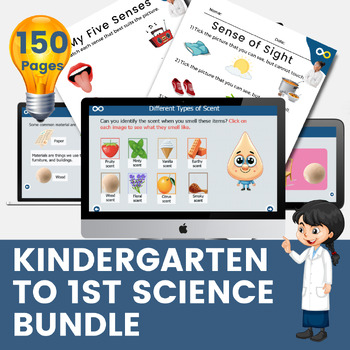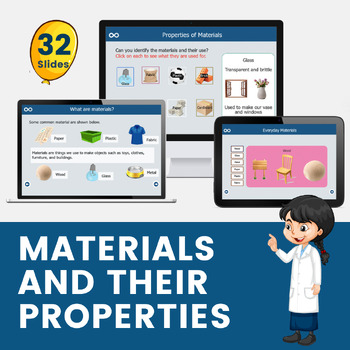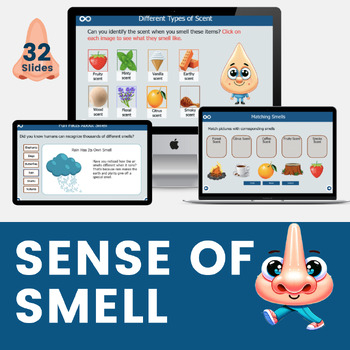Kindergarten to 1st Grade Science Bundle with Interactive Digital Resources
- Zip
- Easel Activity
Products in this Bundle (7)
showing 1-5 of 7 products
Description
Embark on an exciting journey of discovery with our comprehensive Kindergarten to 1st Grade Science Bundle! Designed to engage young minds, this bundle offers a diverse range of hands-on activities and resources covering essential science topics tailored for early learners. From exploring materials and understanding the senses to discovering the parts of a plant and beyond, this bundle provides a rich and interactive learning experience that sparks curiosity and fosters a love for science. With captivating experiments, colorful visuals, and age-appropriate content, our Science Bundle is perfect for educators, homeschoolers, and parents seeking to inspire young learners to explore the wonders of the world around them. Unlock the magic of science and watch as your little scientists bloom and grow!





